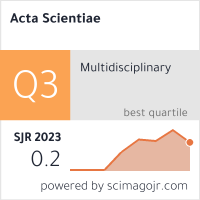SCALABILITY OF SPCE-BASED BIOSENSORS FOR GLOBAL CANCER SCREENING PROGRAMS
DOI:
https://doi.org/10.5281/zenodo.14807572Abstract
The global rise in cancer incidence underscores the need for scalable, cost-effective, and accessible diagnostic tools for early detection and monitoring. Electrochemical biosensors have come a long way thanks to screen-printed carbon electrodes (SPCEs), which are flexible, inexpensive, and have the potential for mass production. These attributes establish SPCE-based biosensors as a viable technology for global cancer screening initiatives, especially in resource-limited environments. Recent advancements involve the incorporation of nanomaterials, such as gold nanoparticles and carbon nanotubes, to improve sensitivity and specificity. It has been shown that SPCE-based systems can accurately find important cancer biomarkers like HER2, miRNA-21, and PSA. The integration of microfluidics and point-of-care devices highlights their potential for broad implementation. There are still big problems to solve, like making sure that SPCE fabrication is always the same, standardizing surface functionalization protocols, and raising the detection limits for finding biomarkers at very low concentrations. Scalability is further constrained by the necessity for strong multiplexing capabilities and the absence of real-time data integration with digital health platforms. There is a big research gap in how to make screen-printed carbon electrodes (SPCEs) work better for liquid biopsies, especially when it comes to circulating tumor DNA (ctDNA) or exosomes, which are very useful for cancer diagnosis with little harm. The regulatory landscape and the necessity for rigorous clinical validation pose significant challenges to global implementation. This review talks about the current state of SPCE-based biosensors in cancer screening, problems with scalability, and possible future directions. For example, AI could be used to analyze data, and sustainable fabrication techniques could be looked into for mass production that is beneficial for the environment. Addressing these gaps is essential for leveraging SPCE-based biosensors in transformative cancer diagnostics worldwide.





